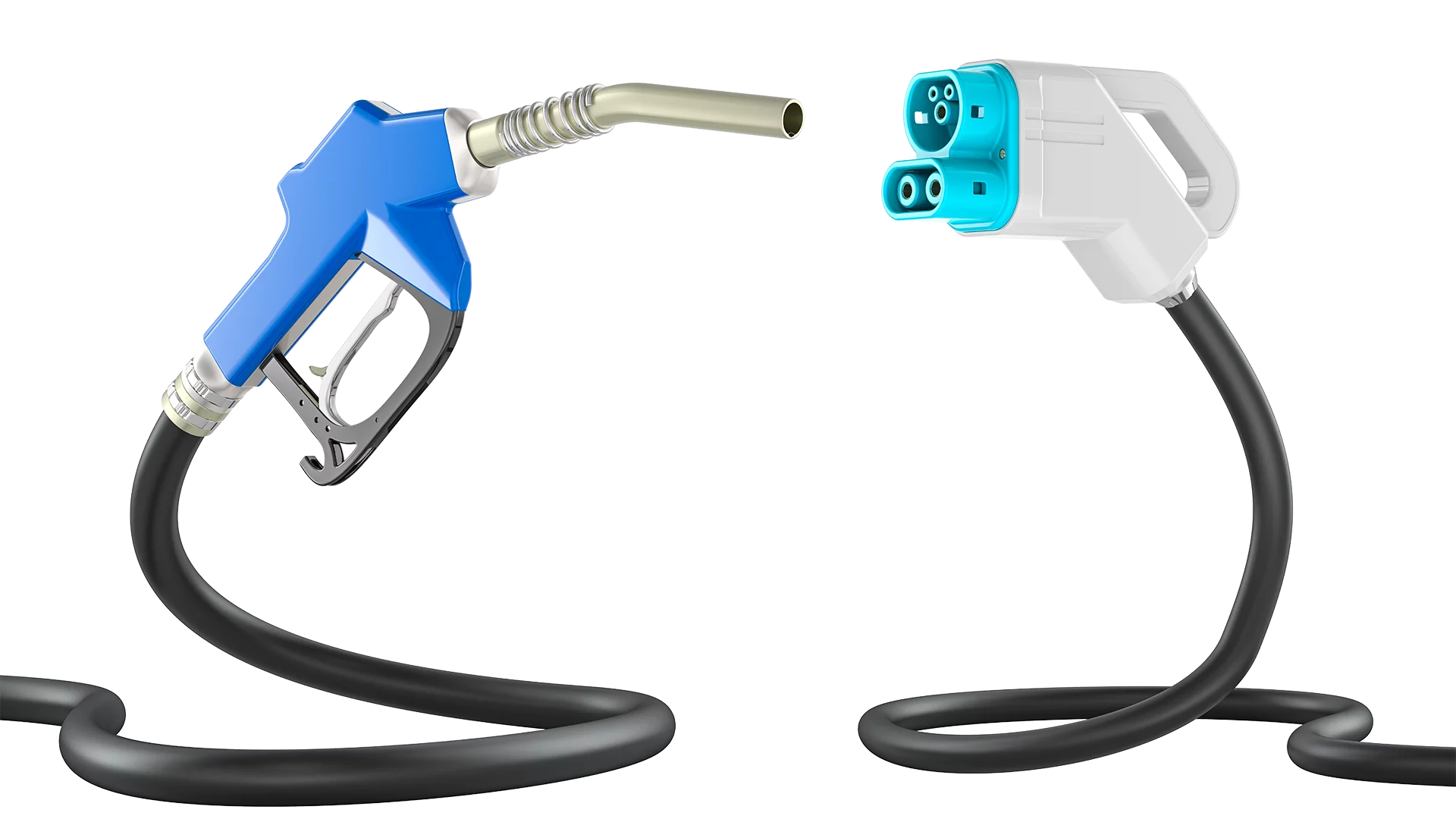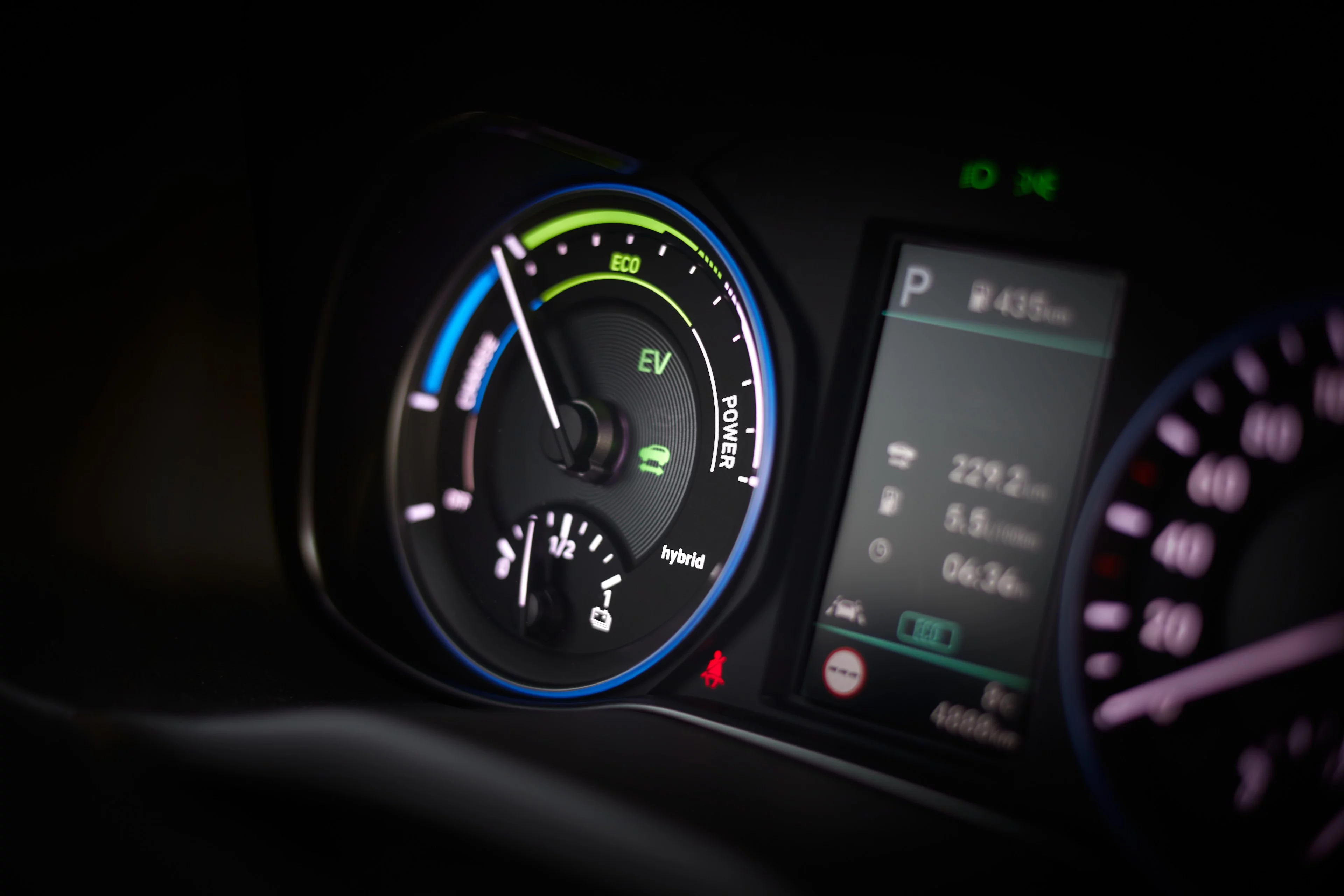Battery or hydrogen cars? Or conventional combustion engines running on so-called “e-fuels”, synthetic fuels produced from carbon dioxide, water, and electricity from renewable sources? What makes the most sense for future individual road transport to achieve climate targets?
If we want to decarbonise the transportation sector as efficiently and economically as possible, our research shows that BEVs are the best option for personal cars. BEVs are the most energy efficient, cost-effective and ready for adoption of the above options. In addition, hydrogen and e-fuels are urgently needed for other purposes than passenger cars.
Let’s first look at efficiency. BEVs are about 60% efficient, looking at the energy they consume “from well to wheel”. Hydrogen cars are approximately 25% efficient, taking into account the energy lost as unusable heat during both hydrogen production with electrolysis, as well as while operating the car. ICEVs running on e-fuels achieve only about 10% efficiency, largely due to the inherent inefficiency of combustion engines and the energy-intensive process of e-fuel production. This means that a hydrogen car needs two and a half times as much electricity, and an e-fuel car around six times as much, as a BEV to cover the same distance. Consumers would notice the higher power requirement when they needed to refuel, since hydrogen and e-fuels are significantly more expensive than electricity for direct battery charging.
When it comes to reducing greenhouse gas emissions, time is of the essence. BEVs are the technology most ready for adoption. Indeed, they are already a viable alternative to gasoline and diesel cars today. The same cannot be said of hydrogen fuel cell cars, nor of e-fuels: in Switzerland, only one model of hydrogen fuel cell car is available, the present number of hydrogen filling stations is 17, and e-fuels may not be viable for years.
Moreover, there are far more sensible applications for both hydrogen and e-fuels than using them to fill the fuel tanks of passenger cars. In specific industries as well as in fertilizer production, there is no low-carbon alternative to hydrogen. E-fuels will only be available in limited amounts, and they will be needed in aviation and shipping, use cases in which battery-electric drivetrains are not feasible, due to the weight of the batteries.
Certain constraints could lead to different technology choices, however. If drivers continue to face hurdles in accessing charging infrastructure, the need for hydrogen fuel cell cars could increase to achieve the net-zero goal. Compared to switching to BEVs, this would be more expensive and would require additional electricity for hydrogen production. In countries with much lower electrification and less reliable power grids, electrification of personal mobility might be disproportionately expensive, meaning that substituting gasoline and diesel with e-fuels in ICEVs might be a more economical option. This would be less efficient overall but might be cheaper from the perspective of the whole energy system. This is just one example of how mobility must be considered in the broader context of the energy transition.



